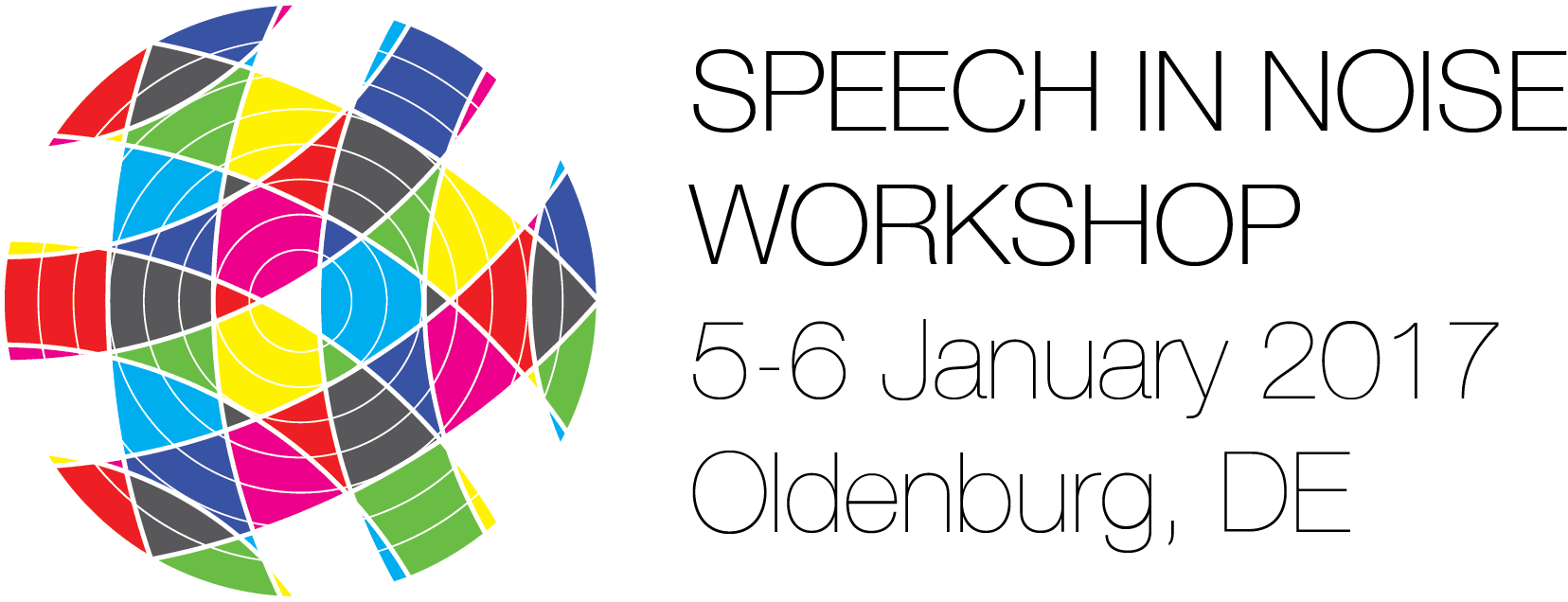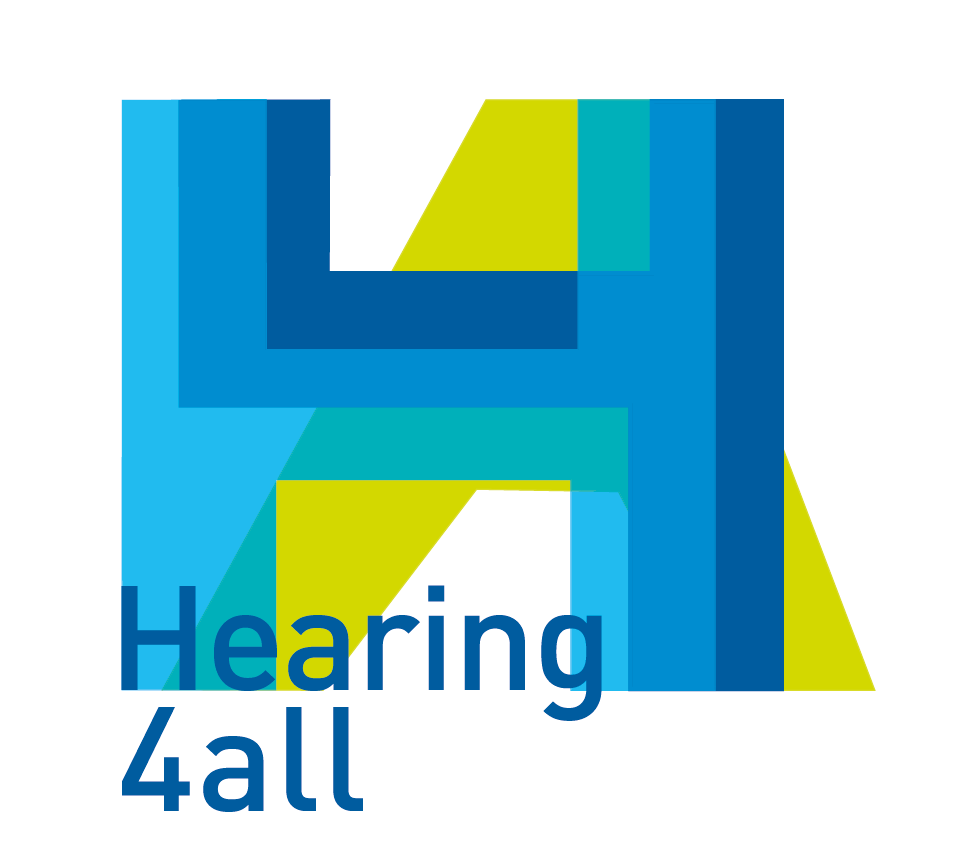Perception of French nasal vowels in vocoded speech: Information Transfer Rate analyses
The production and perception of nasality is highly impacted in hearing-impaired listeners. Many studies have shown that, though wearing cochlear implants may partially improve production, such listeners still exhibit specific difficulties in the production of such segments (Fletcher et al, 1999; Baudonck et al., 2015). Perception of nasals is also subject to specific perturbations in CI listeners (Bouton et al. 2012; Borel, 2015). These observations hold for both consonants and vowels.
Nevertheless, the reasons why specific issues may occur with nasal sounds are still far from being understood. In order to investigate this issue further, two experiments were designed using vocoded speech with normal-hearing french listeners. Vocoded speech signals were generated in order to provide between 1 and 8 noise channels with 3 different ranges of amplitude modulation frequencies (slow MFs only, slow and mid-MFs, all-MFs). Preliminary results were presented at SpIN 2016 and can be summarized as follows. In a 20-AFC experiment targeting the identification of french consonants in a VCV context, oral and nasal consonants exhibited very similar behaviors: higher than random performance was reached with 4 channels when only low modulation frequencies were available. For oral consonants, even a single channel was sufficient when all modulation frequencies were present. For nasal consonants, 4 channels were necessary in this condition. Overall, though the perception of nasal consonants was less optimal than the perception of oral ones, response performance reached higher than random significance for both oral and nasal consonants when using 4 channels or more.
On the contrary, the perception of steady-state vowels showed strong discrepancies: though oral vowels exhibited tendencies that were similar to consonants, correct response rates for nasal vowels never reached significance.
In order to investigate this issue further, the study of "Information Transfer Rates" (Miller & Nicely, 1955; Christiansen & Greenberg, 2005) has been conducted in order to analyse the structure of confusion matrices. This let's us evaluate how much phonological features are degraded in different conditions. Concerning the [nasal] feature for example, up to 11.2% of the maximum IT rate are preserved in consonants but only 1.83% in vowels. As a comparison, [voicing] reaches 33.1% of the maximum IT rate in consonants and [close] reaches 10.53% in vowels. Though nasality exhibits particularly low levels of transmission rates in both types of segments, it seems that vowel nasality is more impacted that consonant nasality with respect to other features.
Warning: Use of undefined constant s - assumed 's' (this will throw an Error in a future version of PHP) in /home/spinnluxnr/www/2017/pages/programme.php on line 208


